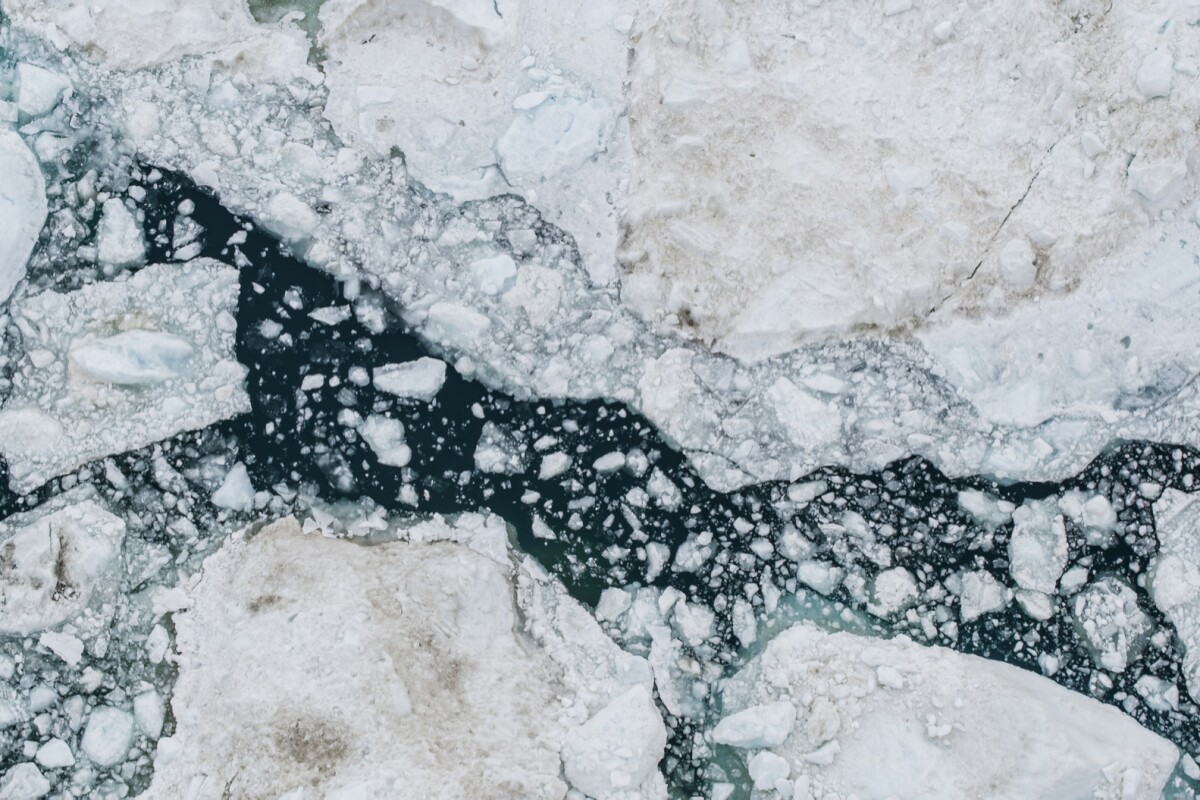By Michael Irving
May 24, 2021

A new study has found unexpectedly high levels of mercury in meltwater from glaciers in Greeland
Maridav/Depositphotos
The Greenland Ice Sheet is associated with a range of environmental issues, but now researchers have discovered a surprising new problem that hadn’t been considered before. Glacial meltwater was found to be unexpectedly high in mercury, which could have consequences for the local fishing industry.
The researchers didn’t specifically set out to study mercury levels – it was just one of many elements they were measuring to determine the quality of the water running off melting glaciers. The team took samples of water from three rivers and two fjords near the ice sheet to study the nutrients being delivered to coastal ecosystems.
The team found that the Greenland glacial meltwater rivers contained dissolved mercury levels of more than 150 nanograms per liter (ng L-1), which is up to 150 times higher than an average river. Even more alarming was the find that particulate mercury in the sediment called glacial “flour” was up to 2,000 ng L-1.
“We didn’t expect there would be anywhere near that amount of mercury in the glacial water there,” says Rob Spencer, lead author of the study. “Naturally, we have hypotheses as to what is leading to these high mercury concentrations, but these findings have raised a whole host of questions that we don’t have the answers to yet.”
The two main questions are, of course, where that mercury is coming from and where it’s going. For the first question, the scientists say they don’t believe it originates from human activity, which sounds like good news but might actually make it harder to control.
“All the efforts to manage mercury thus far have come from the idea that the increasing concentrations we have been seeing across the Earth system come primarily from direct anthropogenic activity, like industry,” says Jon Hawkings, first author of the study. “But mercury coming from climatically sensitive environments like glaciers could be a source that is much more difficult to manage.”
As to where the mercury might be going, the researchers are concerned that the toxic heavy metal could make its way into the aquatic food web. From there, it might end up on our dinner plates, since Greenland is a major exporter of seafood. These potential problems need to be investigated, the team says, to assess their full impact.
The research was published in the journal Nature Geoscience.
Source: Florida State University
No comments:
Post a Comment